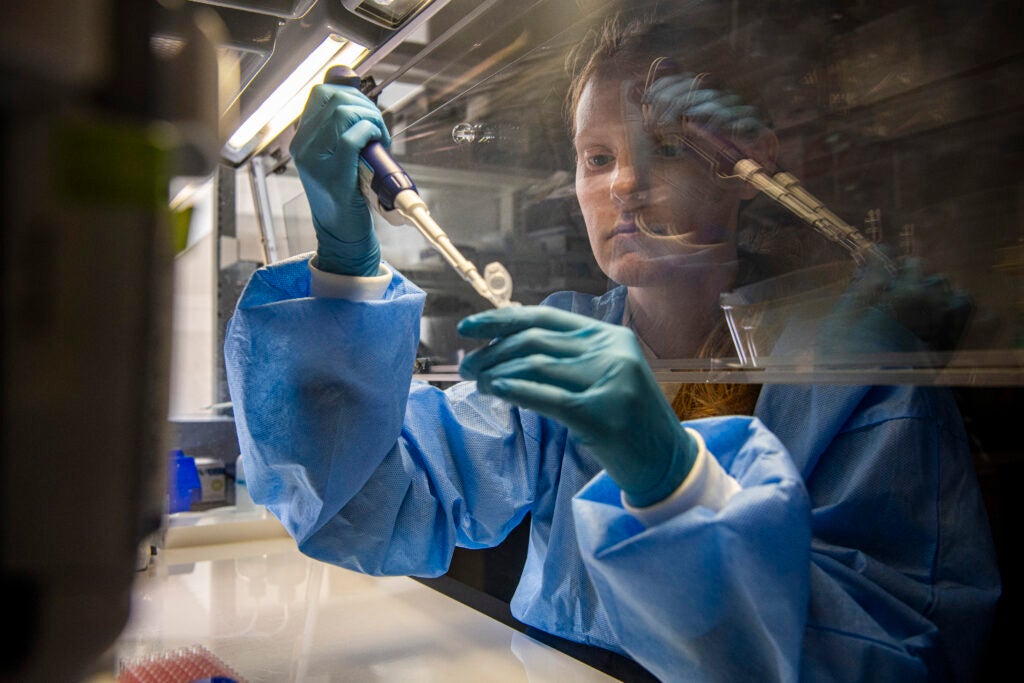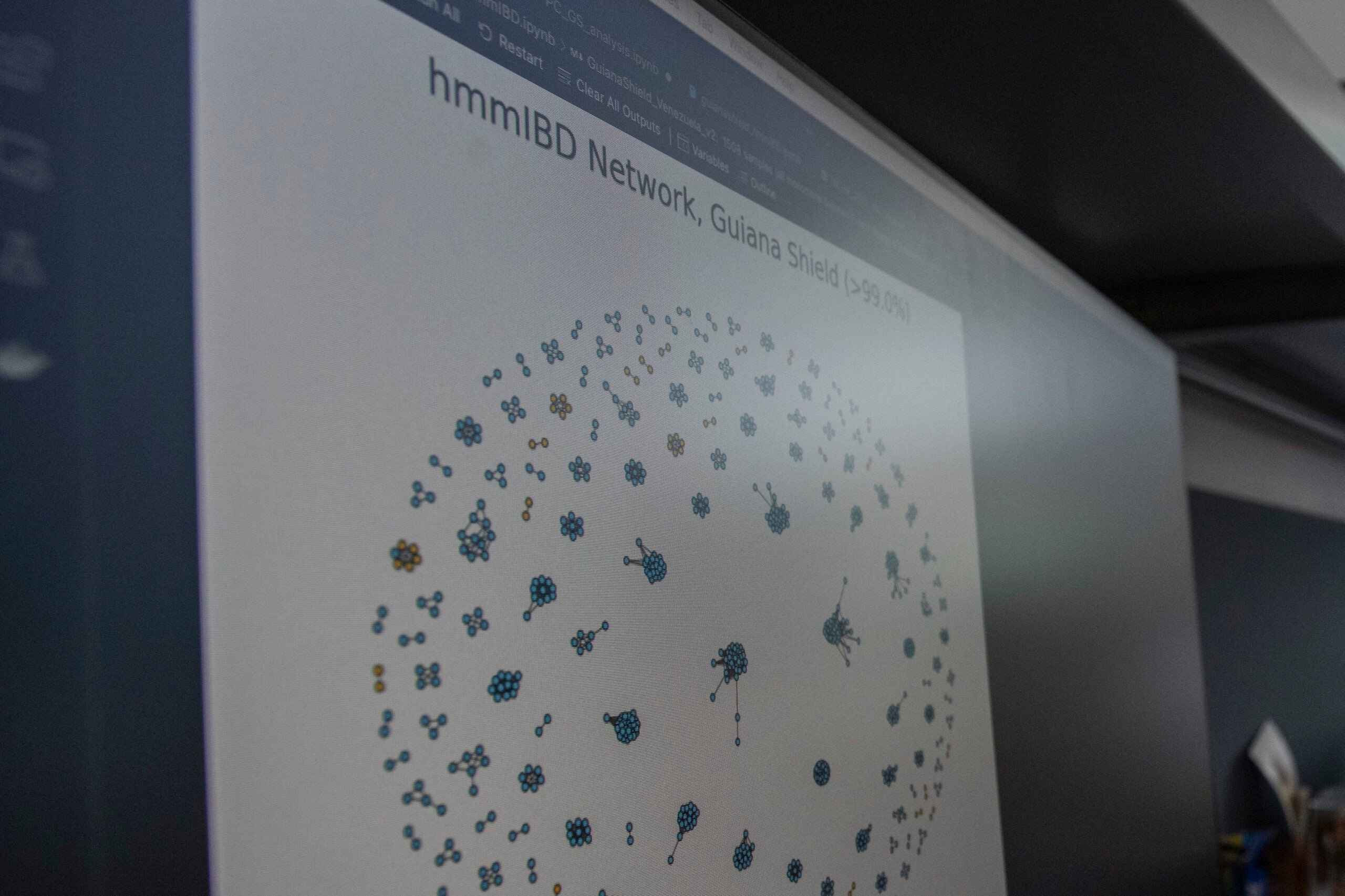Neafsey Lab
The Neafsey Lab uses genomic, transcriptomic, and serologic data to make significant scientific discoveries in malaria and other vector-borne diseases. By studying the genetics of microbes, their carriers (like mosquitoes), and their human hosts, the lab develops new molecular and bioinformatic tools that support public health efforts. Their research helps improve treatments and deepens our understanding of how these diseases spread and evolve.
665 Huntington Avenue
Building 1, Room 103
Boston, MA, 02115
Our Research
At the Neafsey Lab, our research extends beyond the lab, delving into the genetic intricacies of vector-borne diseases like malaria and dengue fever. We harness advanced DNA sequencing technologies to decode the genomes of parasites and their mosquito vectors, uncovering how these organisms evolve, adapt, and spread. By understanding the genetic factors that drive drug resistance, vaccine efficacy, and disease transmission, our work aims to develop new strategies for controlling and eventually eliminating these global health threats. Each discovery moves us closer to innovative solutions that can make a lasting impact on communities around the world.

Our Projects
Patterns of genomic variation at the level of individual specimens, populations, and species can inform the evolutionary history, recent demography, and current epidemiology of malaria parasites and vectors. We analyze variation in thousands of malaria parasite and mosquito samples from diverse geographies, with an emphasis on the Americas.
As pathogen genomics moves from the realm of basic research to translational applications, we are developing novel laboratory protocols and bioinformatic analysis tools to enable cost-effective data generation and straightforward data interpretation by partner labs in malaria-endemic countries.
Clinical trials of interventions typically measure protection against symptomatic disease, or use PCR to measure time until first infection. We apply short-read PCR amplicon sequencing of highly diverse antigens to cross-sectional samples from clinical trials to fully characterize infection dynamics in participants and inform efficacy.
Drugs and insecticides are intense agents of natural selection on parasite and vector populations. By sequencing contemporaneous or longitudinal collections of parasites and vectors, we can identify the mutations that directly confer resistance or that tune high-fitness resistance genotypes through compensatory or epistatic effects.
Antigenic diversity in malaria parasites is structured by humoral and/or cellular cross-protective immunity, and it is bounded by functional constraint. If better understood, these rules that structure antigenic diversity could inform the rational design of future vaccines.
Before arthropod disease vectors take a blood meal, they inject saliva, and the hundreds of proteins in their saliva generate an antibody response. By characterizing the full breadth of this immune response, we can measure individual exposure to diverse vectors and the diseases they carry.

Pre-Prints
See our work before it is published